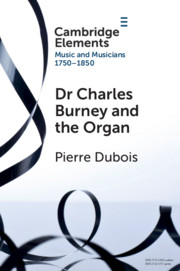Introduction: A significant gap exists between the number of people waiting for an organ and donors. There are currently 1,628 people awaiting organ donation in Ontario alone. In 2018 to date, 310 donors have donated 858 organs. The purpose of this study was to determine whether there were missed donors in the Emergency Department (ED) and by what percent those missed donors would increase organ donation overall. Methods: This was a health records and organ donation database review of all patients who died in the ED at a large academic tertiary care center with 2 campuses and 160,000 visits per year. Patients were included from November 1, 2014 – October 31, 2017. We collected data on demographics, cause of death, and suitability for organ donation. Data was cross-referenced between hospital records and the provincial organ procurement organization called Trillium Gift of Life Network (TGLN) to determine whether patients were appropriately referred for consideration of donation in a timely manner. Potential missed donors were manually screened for suitability according to TGLN criteria. We calculated simple descriptive statistics for demographic data and the primary outcome. The primary outcome was percentage of potential organ donors missed in the Emergency Department (ED). Results: There were 606 deaths in the ED from November 1, 2014 – October 31, 2017. Patients were an average of 71 years old, 353 (58%) were male, and 75 (12%) died of a traumatic cause. TGLN was not contacted in 12 (2%) of cases. During this period there were two donors from the ED and 92 from the ICU. There were ten missed potential donors. They were an average of 67 years, 7 (70%) were male, and 2 (20%) died of a traumatic cause. In all ten cases, patients had withdrawal of life sustaining measures for medical futility prior to TGLN being contacted for consideration of donation. There could have been an addition seven liver, six pancreatic islet, four small bowel, and seven kidney donors. The ten missed ED donors could have increased total donors by 11%. Conclusion: The ED is a significant source of missed organ donors. In all cases of missed organ donation, patients had withdrawal of life sustaining measures prior to TGLN being called. In the future, it is essential that all patients have an organ procurement organization such as TGLN called prior to withdrawal of life sustaining measures to ensure that no opportunity for consideration of organ donation is missed.
